How Atlanta’s Clubs Fueled the City’s Budding Hip-Hop Scene in the ‘90s
Credit to Author: Jewel Wicker| Date: Mon, 11 Mar 2019 20:36:14 +0000
Few other cities can match the imprint Atlanta has left on hip-hop.
An ever changing group of local artists, such as Migos and Lil Baby, dominate streaming playlists. Goodie Mob, Lil Jon, and Jermaine Dupri are considered hip-hop sages. And just recently, Big Boi (of Outkast) performed during the Super Bowl in the city.
But nearly 30 years ago, it was mostly hip-hop tracks from the coasts and other Southern cities, like Miami and Memphis, that boomed from speakers at local clubs and on the streets during Freaknik, the city’s now-defunct unofficial spring break bash.
Yet throughout the 1990s, the city’s pioneer hip-hop artists and DJs would find their unique sound at a set of bygone bars and clubs, solidifying the connections that would catapult them into stardom.
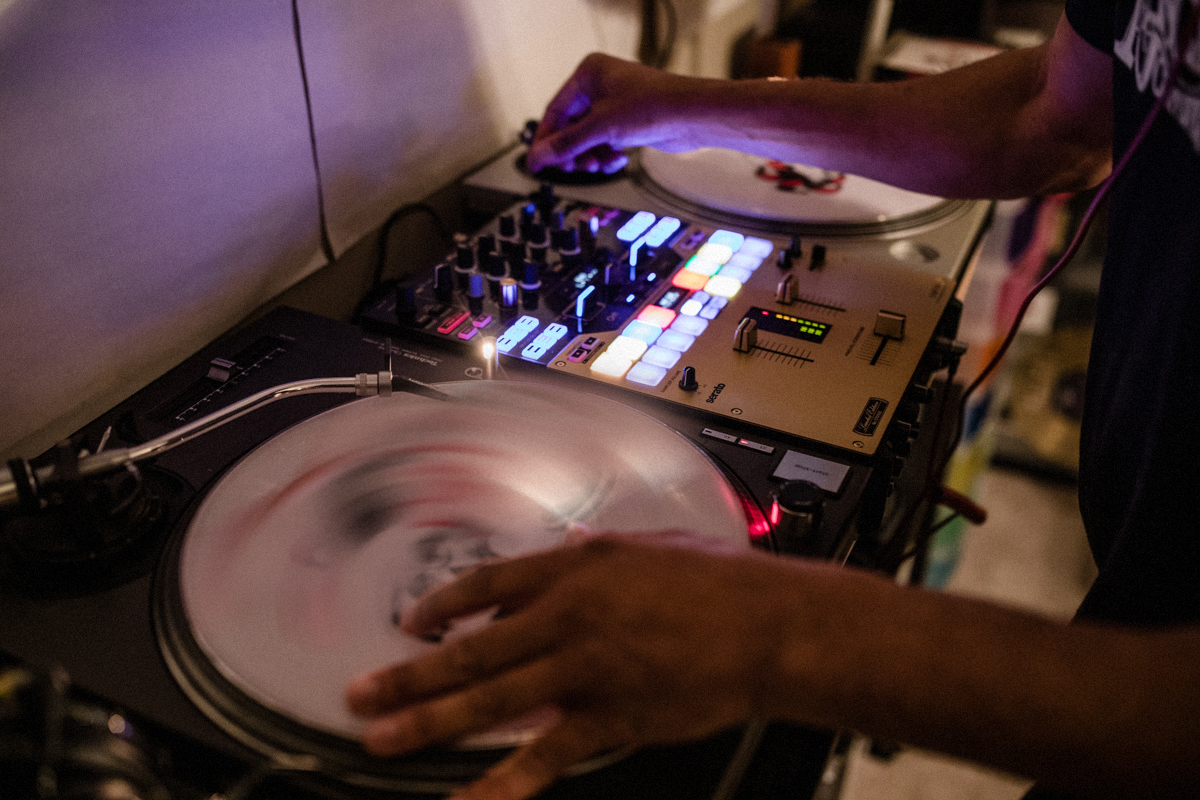
Lil Jon insists a song had to make the crowd at Club 559 dance if it was going to become a hit in the city. Named after its street address (559 Ashby St.) and located near the West End, Lil Jon namedrops the now-shuttered club during “Shawty Freak a Lil Sumtin’” on his debut album with the Eastside Boyz. It’s the group’s debut single that he credits the club with making a local hit, though.
“When we came out with ‘Who You Wit,’ there was nobody who had made a song with all chants and no raps. It didn’t sound like nothing else that was out,” he says. “I remember taking it to [Atlanta DJ] Greg Street and he laughed at me and said ‘What is this shit?’ But the guy at the 559 played it five times a night and broke the record.”
The song’s creation was a result of Lil Jon’s experience at clubs, where locals would spend the entire night on the dance floor, and leave drenched in sweat. “I remember being on the phone with Big Sam from the Eastside Boyz and we literally were like, ‘If we say this, they gonna do this. If we say this, they gonna do that,’” he recalls. “We wrote it for the club and we wrote it visually seeing what people would do to what we’re saying.”
To transplants, 559 was a club in a then-unfamiliar and seemingly dangerous part of town they typically avoided. But to locals it was a place where they could physically release all of life’s stressors through dancing.
Where 559 was for locals, Club Kaya, which had an attached bistro, attracted a mix of both transplants and locals. That’s where DJ Nabs landed his legendary set. By then, the North Carolina-transplant had toured with Michael Jackson during the 1992 Dangerous World Tour as the DJ for Kriss Kross, and become a radio personality on Hot 97.5 (currently 107.9).
A rental agreement signed by Nabs and an employee of Kaya says the DJ began hosting a “classics and old school” party, spinning 80s hip-hop and disco, from 10pm to 4am in November 1996. At that time, the agreement was only for six weeks. Nabs estimates ten to 15 people attended in the early days but eventually, he says, hundreds packed the dance floor with hundreds more standing outside, unable to gain entry every Sunday.
Sitting in an apartment-turned-workspace in the Vinings neighborhood, Nabs says the first big act he booked to appear at the club was Whodini. As he talks, he walks over to a rolling storage bin that houses a series of crates and shows off a small portion of the mementos he’s kept since this time. He recorded all of his sets, which includes tapes labeled “Freaknik 98 Sunday,” “Kriss Kross/G.M. Flash 12/20/1998,” “Redman/Meth 12/20/1998” and “Jay Z 10/11/1998.”
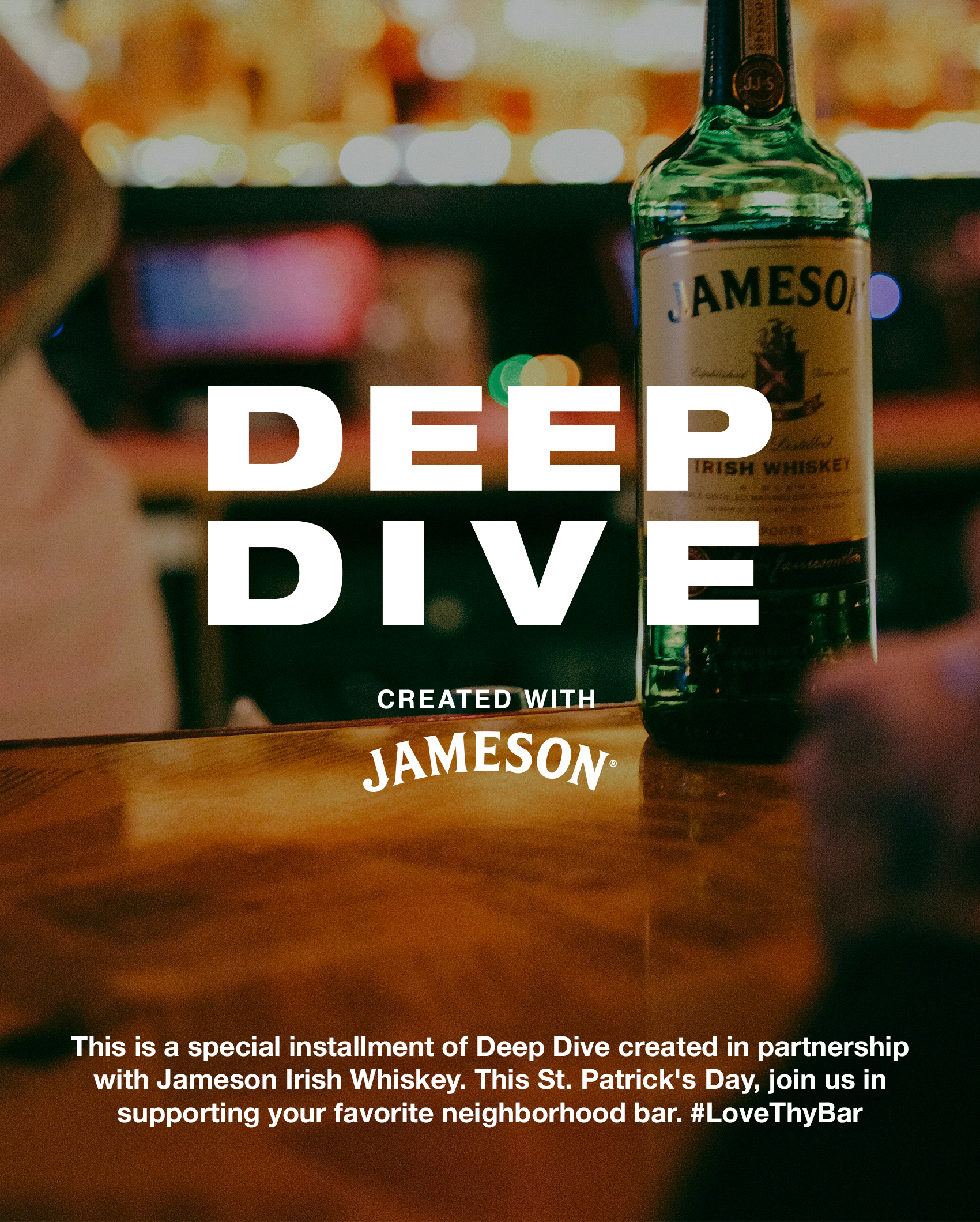
This particular bin gives just a small glimpse into the artists who made memorable appearances at Kaya during Nabs’ run. On the night Jay-Z appeared, the DJ recalls the old school party transforming into an “all-star event” with famous athletes bum-rushing the door, and Memphis Bleek, Ja Rule, and Irv Gotti performing with the New York emcee. Jermaine Dupri also appeared on stage to help perform “Money Ain’t a Thang.”
What’s noticeable is that many of the names that played at these bars and clubs are not Atlanta-based, highlighting the regional dynamic on display here. “I think the 90s were a hybrid of other people’s music. The Chronic and the Death Row era ran through here,” Nabs says. “At the time we were still influenced by Three 6 Mafia and 8 Ball and MJG from Tennessee.”
By the end of the decade, DJ Nabs’ sets at Kaya had come to an end. A few years later, in 2001, Atlanta’s official party opus “Welcome to Atlanta,” a song created by Nab’s former So So Def boss Dupri and his former radio intern, Chris Luva Luva, otherwise known as Ludacris, shouted out a new personality on the scene.
Dupri’s mention of Frank Ski, a former Baltimore DJ and radio personality whose “Northern Explosion” parties started at Kaya in 1998, paid homage to a set that gave transplants a sense of belonging in Atlanta’s club scene. “The way we did up there and the way we play music down here is completely different,” he says, noting the house music that permeated his sets.
Ski says he decided to host “Northern Exposure” at Club Kaya because it struck him as a place where people could dance. “I walk into Kaya and was like ‘here it is.’ [It had] one long bar on one side of the room, a big dance floor in the middle and four speakers in every corner and that was it,” said Ski. “It was like somebody’s basement. I was like, ‘This is the spot.’ There were no VIP sections. There were no places to sit in the whole room.”
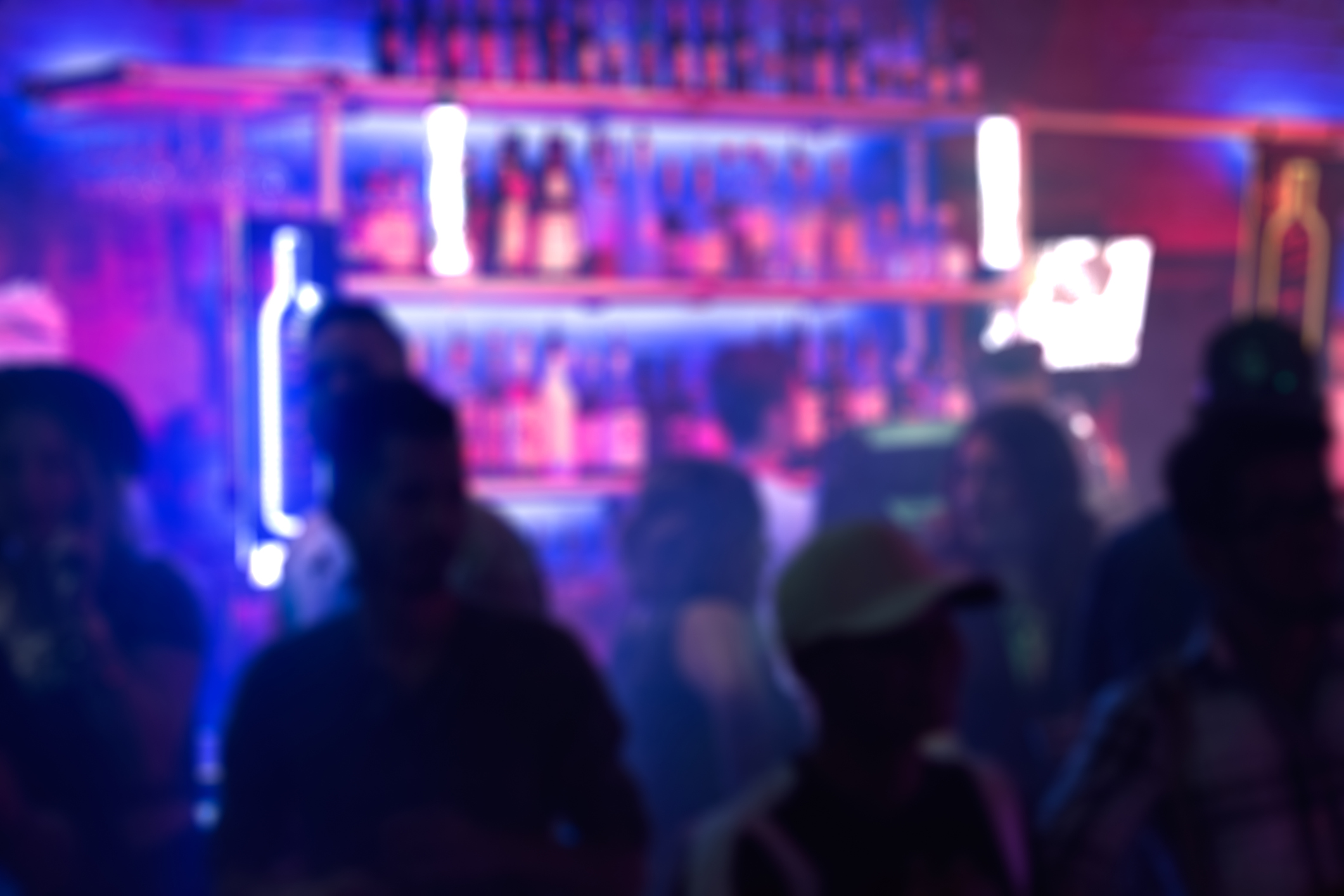
By the time Kaya closed, Frank Ski said he was increasingly incorporating more of Atlanta’s sound into his sets. Atlanta, which had been lauded as a black Mecca for decades, was further solidifying its status as an important musical hub for black musicians, too. And a new set of beloved bars and clubs, fostering the next generation of Atlanta’s hip-hop artists, were entering the scene.
The 1995 Source Awards at Madison Square Garden, in New York City is often considered a critical inflection point during this time. When André 3000 of Outkast accepted the award for Best New Rap Group, he was met by boos and jeers. In his acceptance speech, he declared unabashedly to the skeptics : “The South has got something to say.” But Nabs says even after this speech and the success of Dungeon Family and So So Def artists, Atlanta wasn’t immediately respected as a hip-hop mainstay.
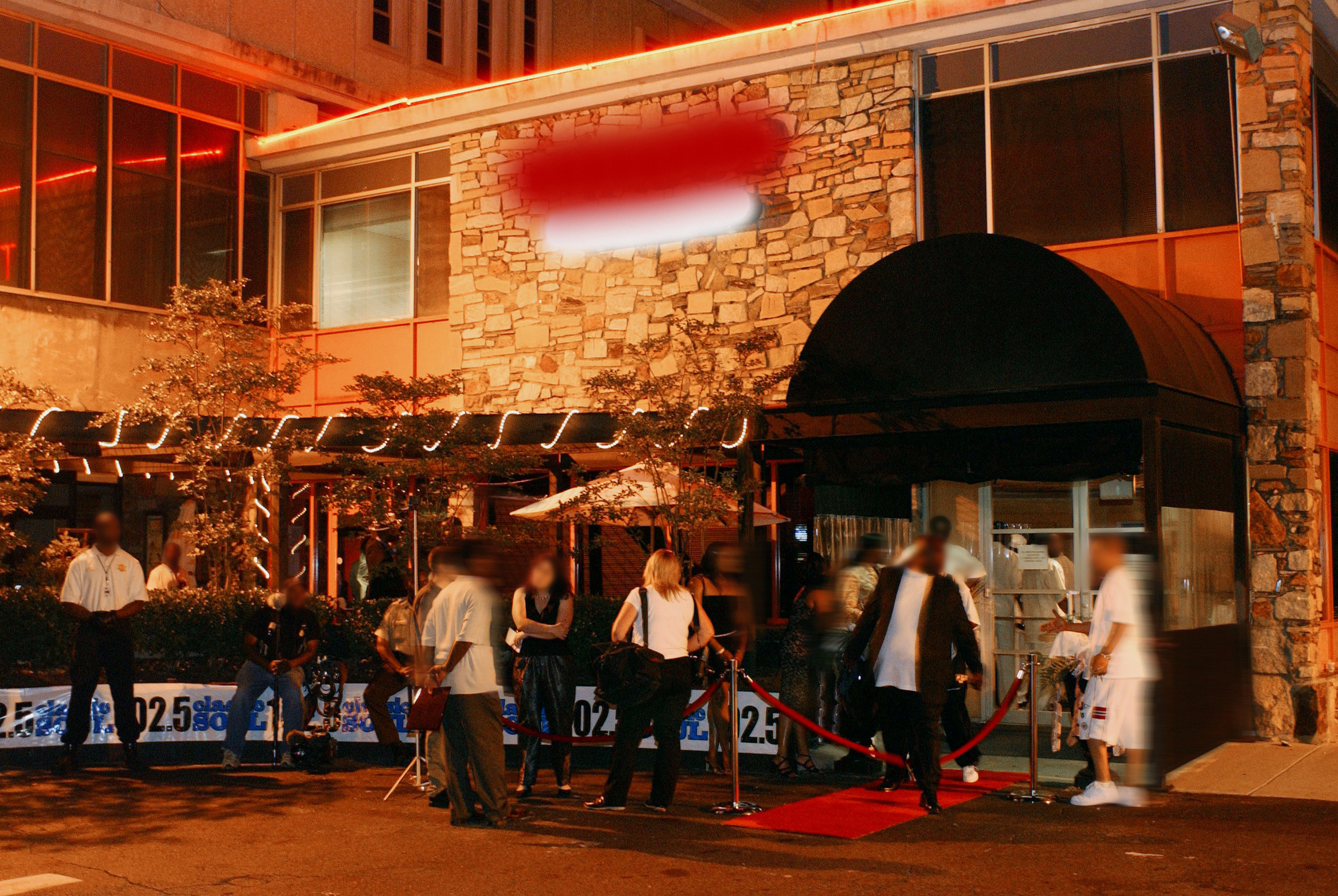
Although none of the aforementioned clubs remain, there are small remnants of “old Atlanta” that survive today, even as the city fights to maintain its unique cultural identity in the midst of rampant gentrification. When Club Kaya closed its doors, it was replaced by Visions, a club owned by the Gidewon brothers, who continue their legacy of luxury, celebrity-friendly nightclubs today at Compound.
Recently, Diddy, a frequent Atlanta party-goer in the ‘90s who worked with a number of local artists and once discovered Bad Boy signees 112 outside of an Atlanta club of the same name, posted a message on Instagram inspired by Super Bowl week in Atlanta. He reminisced of the days before private sections and bottle service.
Lil Jon, who partied with the music mogul that week, admits he feels nostalgic for those days when people—either from Atlanta or visiting—actually danced. Throughout Atlanta in the ‘90s, DJs and party-goers inside legacy-defining bars and clubs weren’t thinking about making history or headlines. They were just having fun.
“We [have] to get back to that,” Lil Jon says. “Stop worrying about how many bottles they popping over there, and worry about how much fun you and your girlfriends are having on the dance floor. Dance until you sweat. I remember them kind of days, when you come out soaking wet.”
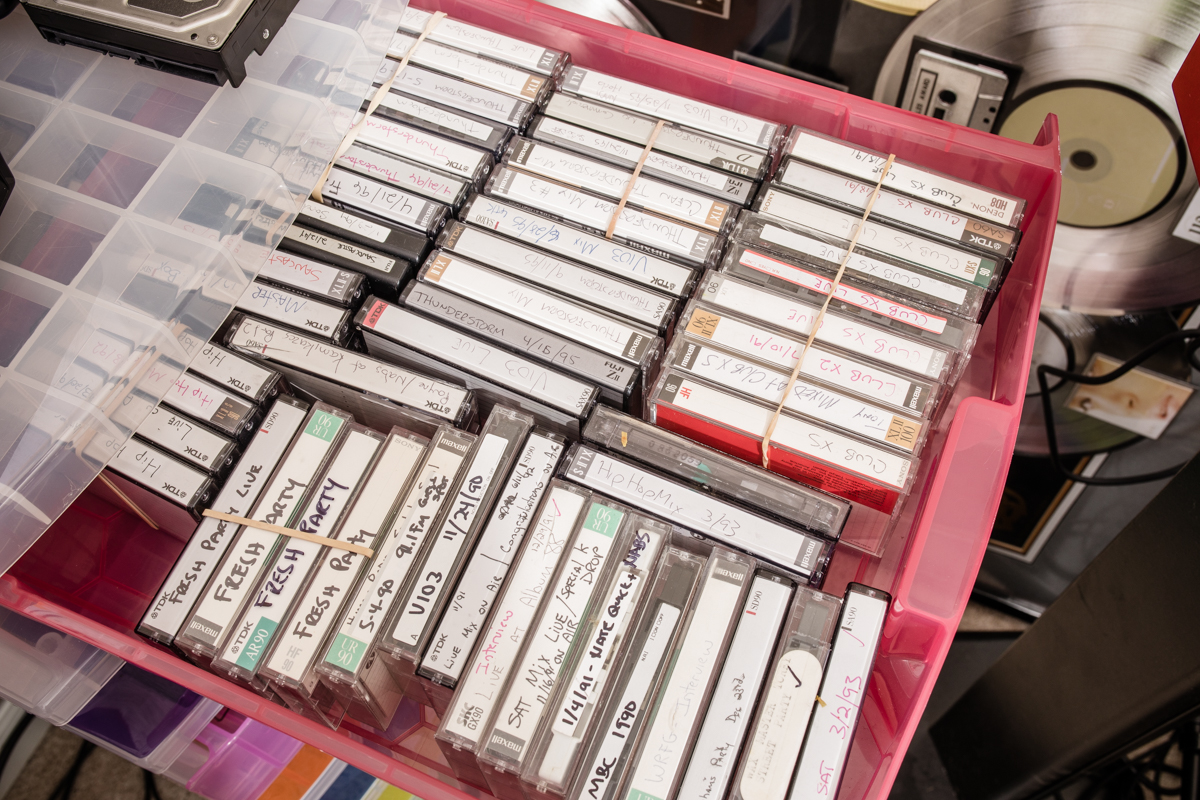
Sign up for our newsletter to get the best of VICE delivered to your inbox daily.
Follow Jewel Wicker on Twitter.
This article originally appeared on VICE US.